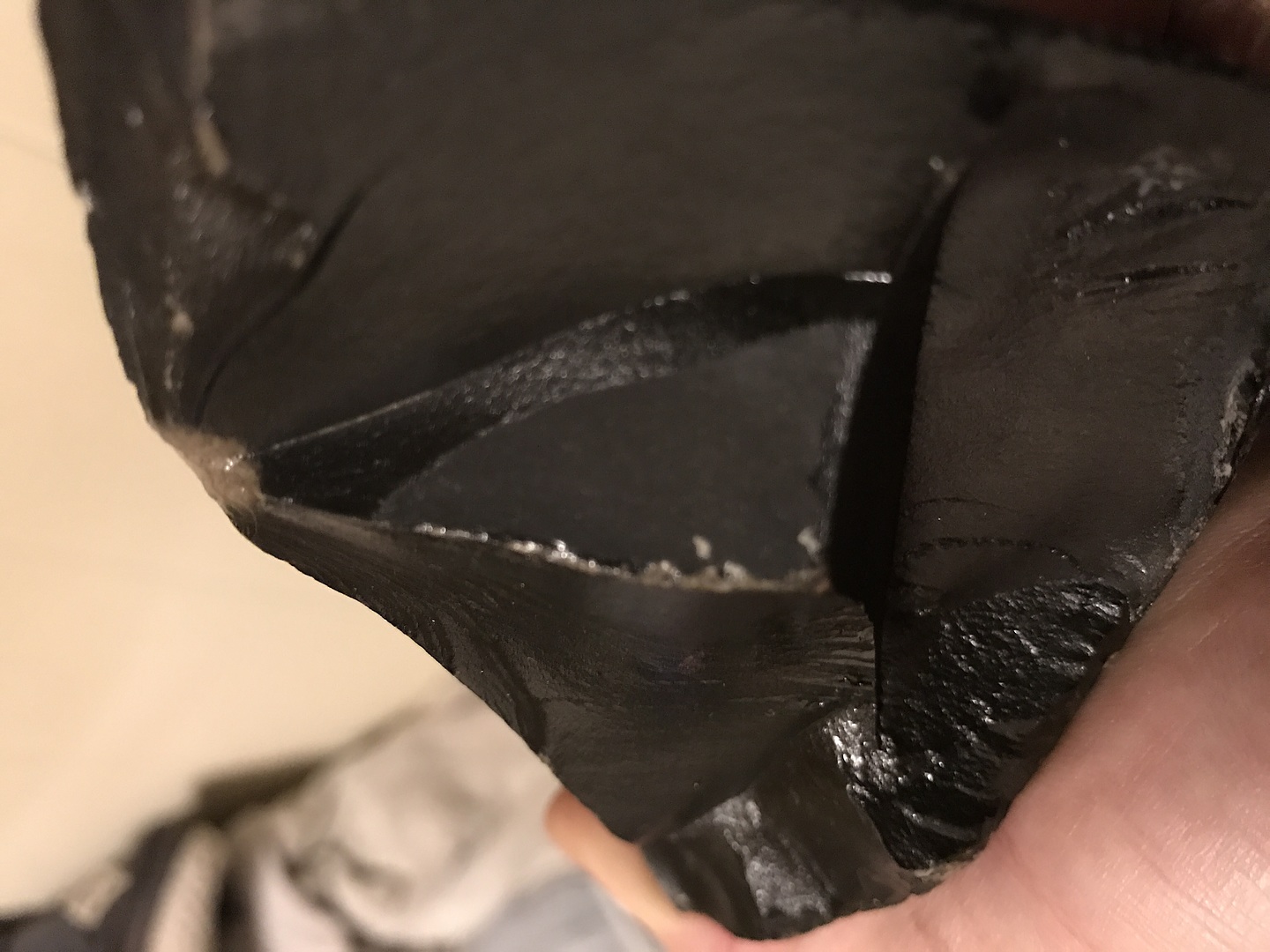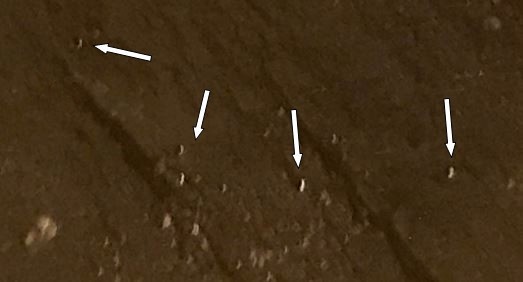Home PageAbout MindatThe Mindat ManualHistory of MindatCopyright StatusWho We AreContact UsAdvertise on Mindat
Donate to MindatCorporate SponsorshipSponsor a PageSponsored PagesMindat AdvertisersAdvertise on Mindat
Learning CenterWhat is a mineral?The most common minerals on earthInformation for EducatorsMindat ArticlesThe ElementsThe Rock H. Currier Digital LibraryGeologic Time
Minerals by PropertiesMinerals by ChemistryAdvanced Locality SearchRandom MineralRandom LocalitySearch by minIDLocalities Near MeSearch ArticlesSearch GlossaryMore Search Options
The Mindat ManualAdd a New PhotoRate PhotosLocality Edit ReportCoordinate Completion ReportAdd Glossary Item
Mining CompaniesStatisticsUsersMineral MuseumsClubs & OrganizationsMineral Shows & EventsThe Mindat DirectoryDevice SettingsThe Mineral Quiz
Photo SearchPhoto GalleriesSearch by ColorNew Photos TodayNew Photos YesterdayMembers' Photo GalleriesPast Photo of the Day GalleryPhotography
╳Discussions
💬 Home🔎 Search📅 LatestGroups
EducationOpen discussion area.Fakes & FraudsOpen discussion area.Field CollectingOpen discussion area.FossilsOpen discussion area.Gems and GemologyOpen discussion area.GeneralOpen discussion area.How to ContributeOpen discussion area.Identity HelpOpen discussion area.Improving Mindat.orgOpen discussion area.LocalitiesOpen discussion area.Lost and Stolen SpecimensOpen discussion area.MarketplaceOpen discussion area.MeteoritesOpen discussion area.Mindat ProductsOpen discussion area.Mineral ExchangesOpen discussion area.Mineral PhotographyOpen discussion area.Mineral ShowsOpen discussion area.Mineralogical ClassificationOpen discussion area.Mineralogy CourseOpen discussion area.MineralsOpen discussion area.Minerals and MuseumsOpen discussion area.PhotosOpen discussion area.Techniques for CollectorsOpen discussion area.The Rock H. Currier Digital LibraryOpen discussion area.UV MineralsOpen discussion area.Recent Images in Discussions
Identity Helpobsidian in New England? Again? Please help identify

9th Nov 2018 03:46 UTCCarl Andersen

9th Nov 2018 04:52 UTCDoug Daniels

9th Nov 2018 05:56 UTCCarl Andersen
9th Nov 2018 06:42 UTCKevin Hean

9th Nov 2018 07:45 UTCCarl Andersen
9th Nov 2018 08:50 UTCKevin Hean
9th Nov 2018 12:13 UTCKeith Compton 🌟 Manager
Fractures (if that's what they are) do not appear to be consistent for obsidian.

9th Nov 2018 13:04 UTCLarry Maltby Expert
Were they found close together? On the bank of the Thunder Bay River in Alpena, Michigan a group of copper artifacts mixed with natural copper specimens was found. It was thought to be the contents of a skin bag that had rotted away.

9th Nov 2018 14:31 UTCCarl Andersen

9th Nov 2018 14:36 UTCCarl Andersen

9th Nov 2018 14:45 UTCCarl Andersen

9th Nov 2018 14:58 UTCBob Harman
It could be something like dark slag glass or similar man made stuff as KEITH and REINER suggest.
It could be dark obsidian (volcanic glass) as you believe and DOUG seemed to agree with. If so, it certainly is not native to Connecticut and might be imported either by accident or part of an old stash as LARRY M suggested.
Or it could be dark microcrystalline quartz, like a chalcedony, chert, flint etc as also suggested.
I favor this last thought as your last photo closeup of the recently fractured surface shows a rougher texture than the usual freshly fractured surface of obsidian which, to me, is usually very smooth and very glassy. Also you sprayed it, darkening its color and making it more lustrous than natural. So, its natural color and texture would be matte, dark gray, as a chert or flint nodule might be.
However, we may not be able to be more definitive than that from your photos. CHEERS.....BOB

9th Nov 2018 16:49 UTCDonald B Peck Expert

9th Nov 2018 17:31 UTCCarl Andersen

9th Nov 2018 17:33 UTCCarl Andersen
9th Nov 2018 17:36 UTCReiner Mielke Expert
9th Nov 2018 23:23 UTCA. M.
10th Nov 2018 16:19 UTCMark Heintzelman 🌟 Expert
10th Nov 2018 17:14 UTCReiner Mielke Expert
10th Nov 2018 18:04 UTCPaul Brandes 🌟 Manager

12th Nov 2018 22:22 UTCEd Clopton 🌟 Expert
13th Nov 2018 14:45 UTCHarold Moritz 🌟 Expert
But there is plenty of glass slag from all sorts of industrial processes, old and modern, and these turn up all the time. The piece in question was not found in-situ, so where it is from originally, who knows.
4th Sep 2021 21:37 UTCPaul Brandes 🌟 Manager
The only known BIF in New England is in Vermont at Diamond Hill. This is also no known BIF on the Avalon Terrain; this is not BIF.
Thread is closed.




Mindat.org is an outreach project of the Hudson Institute of Mineralogy, a 501(c)(3) not-for-profit organization.
Copyright © mindat.org and the Hudson Institute of Mineralogy 1993-2024, except where stated. Most political location boundaries are © OpenStreetMap contributors. Mindat.org relies on the contributions of thousands of members and supporters. Founded in 2000 by Jolyon Ralph.
Privacy Policy - Terms & Conditions - Contact Us / DMCA issues - Report a bug/vulnerability Current server date and time: April 26, 2024 11:23:08
Copyright © mindat.org and the Hudson Institute of Mineralogy 1993-2024, except where stated. Most political location boundaries are © OpenStreetMap contributors. Mindat.org relies on the contributions of thousands of members and supporters. Founded in 2000 by Jolyon Ralph.
Privacy Policy - Terms & Conditions - Contact Us / DMCA issues - Report a bug/vulnerability Current server date and time: April 26, 2024 11:23:08


















